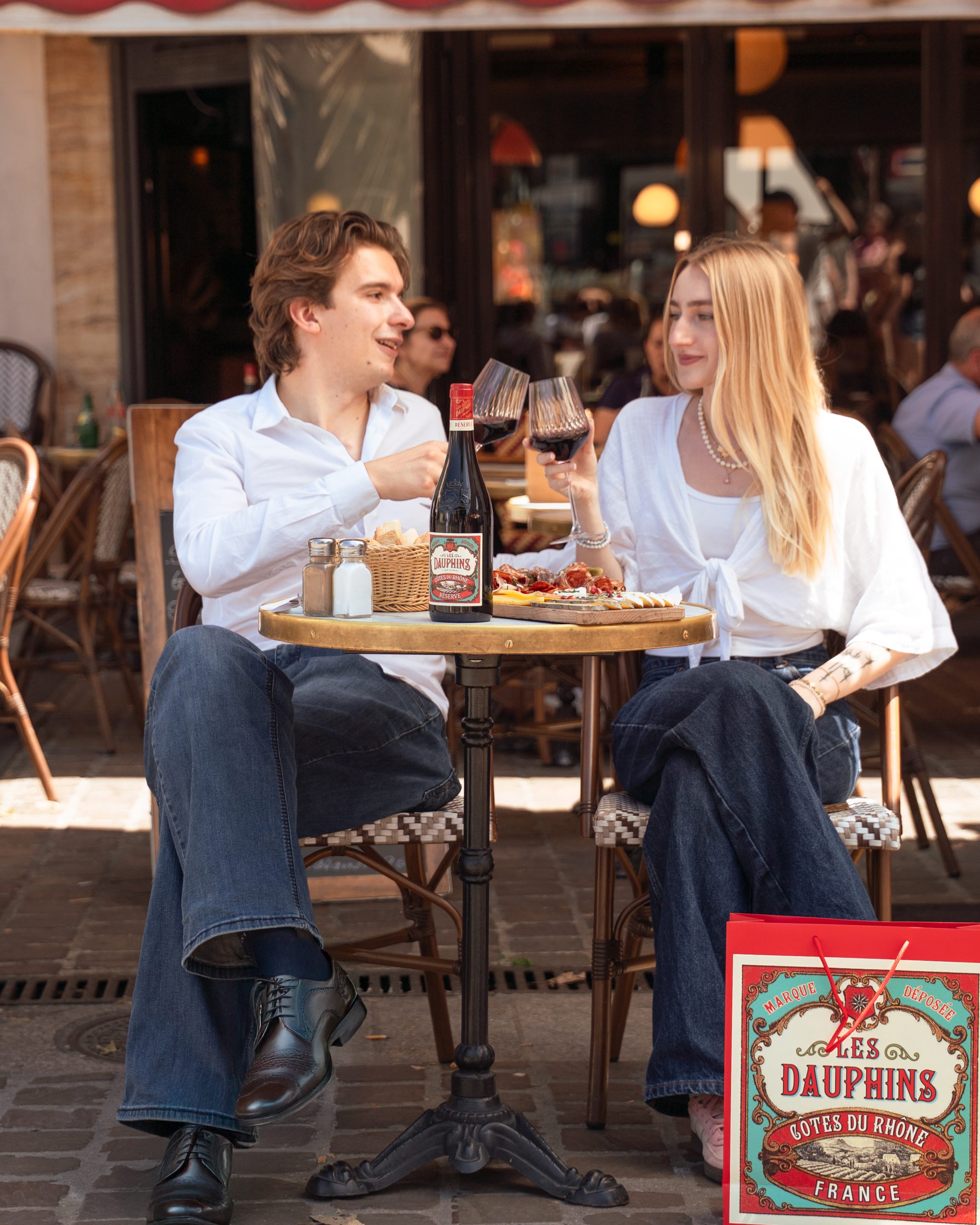Champagne shipments to UK drop by 13% in 2024
The official figures for year-end Champagne shipments by country have been released, meaning db can confirm that imports of the fine fizz to the UK have fallen by almost three million bottles in 2024 – taking the market back to its size in 1997.

The total amount of Champagne sent to the UK in 2024 was 22.3m bottles, down 12.7% on the year before, while in value, the total was €518.7m, a dop of 5.7%.
As you can see in the figures below, which stretch back to 1996, the UK market for Champagne is now at a similar scale as it was in 1997 – almost 30 years ago – although it is has a very different make-up today.
The only years when UK shipments to the UK have been lower than in 2024 were in 2000 – when the country was overstocked from an excessive amount of Champagne imported in advance of Millennium celebrations – and 2020, when the first wave of Covid-related lockdowns took their toll.
The market performance of 2024 means that the UK retains its position as second biggest export market for Champagne behind the US – which in fact grew slightly in volume and value in 2024, primarily due to a ramp up in year-end shipments, as producers sent stock ahead of Donald Trump’s inauguration in January, fearing the imposition of tariffs at the start of 2025.
Notably, the UK market for Champagne has shrunk by 6.4m bottles since a post-pandemic recovery saw shipments surge to 29.7m in 2021, while last year’s figure of 23.3m is as almost 16m bottles lower than the peak year for Champagne in the UK, which was in 2007, just before the global financial crisis, when the nation imported just shy of 40m bottles of the fine French sparkling wine.
Affecting sales of Champagne last year in the UK have been a number of negative influences, with the Comité Champagne stressing that it has been the political and economic climate that has led to a reduction in sales.
Shipments in 2024 – as opposed to consumption – were also negatively impacted by an excess of stock in the market at the start of last year, as sales over the festive period in 2023 were not as high as expected.
In other words, the trade in early 2024 were running down supplies in their stores rather than importing more bottles from Champagne.
Other factors explaining the 3m bottle shipment decline include a general drop in alcohol consumption, increased competition for Champagne from rival drinks categories – such as cocktails and rosé, as well as other sparkling wines – as well as price.
Indeed, as previously reported by db, average prices of Champagne have gone up by 25% of around £10 a bottle over the past three years, with some fearing that a bottle of this fine and high-end fizz may have become too expensive for all but the most moneyed – which, as db stressed yesterday, tends to be the older generation, who are generally free from the costs of mortgages and bringing up children.
Partner Content
Nevertheless, the market for Champagne is a more sophisticated and diverse one than the 90s, with a wider range of higher-value cuvées demanded, particularly vintage-dated expressions, as well as rosé, and grower-producers.
According to the Comité Champagne, if one compares the 2024 figures in volume to pre-Covid 2019 shipments, brut nature, sec, demi-sec and vintage expressions have all increased, especially extra brut which has seen a 700% increase.
In essence, the UK is a smaller but more premium market than it was even 20 years ago, and a resilient one.
As head of the UK Champagne Shippers Association, James Simpson MW said to db in a recent podcast, “Champagne has got this extraordinary brand name; Champagne is the celebration drink.”
Continuing, he said of competitive sparkling wines, “You remember when you last had a bottle of Champagne, but you don’t necessarily remember the last time you opened a bottle of Prosecco or Cremant.”
Concluding, he said, “Everyone would like a slice of the Champagne business but we’ve all been at it for 150 to 200 years, and it seems still to be sticking.”
Champagne shipments to UK by category in 2024
| Style | Vintage | Non vintage | Total | Market share |
| Brut | 395,791 | 18,128,604 | 18,524,395 | 83% |
| Rosé | 17,859 | 2,414,650 | 2,432,509 | 10.90% |
| Cuvee speciale | 355,757 | 343,611 | 699,368 | 3.10% |
| Demi sec | 31 | 185,672 | 185,703 | 0.80% |
| Sec | 81,133 | 81,133 | 0.40% | |
| Extra dry | 274 | 4,313 | 4,587 | 0.10% |
| Brut nature | 29,120 | 60,307 | 89,427 | 0.40% |
| Extra brut | 53,767 | 236,912 | 290,679 | 1.30% |
| Doux | 4 | 4 | 0.00% | |
| Total | 852,599 | 21,455,206 | 22,307,805 |
Shipments of Champagne to the UK: 1996-2024
| Year | Shipments (in volume, bottles) | Shipments (in value, Euros) | |
| 1996 | 20,240,883 | 195,149,800 | |
| 1997 | 22,420,435 | 228,985,804 | |
| 1998 | 24,389,908 | 265,975,489 | |
| 1999 | 32,419,931 | 384,420,191 | |
| 2000 | 20,578,553 | 268,126,968 | |
| 2001 | 25,082,243 | 307,806,000 | |
| 2002 | 31,690,734 | 369,758,403 | |
| 2003 | 34,479,068 | 408,778,057 | |
| 2004 | 34,936,891 | 434,303,085 | |
| 2005 | 36,379,105 | 471,256,122 | |
| 2006 | 36,801,216 | 495,509,404 | |
| 2007 | 39,052,278 | 542,272,542 | |
| 2008 | 35,997,252 | 519,004,060 | |
| 2009 | 30,517,461 | 406,208,065 | |
| 2010 | 35,494,489 | 455,017,615 | |
| 2011 | 34,533,887 | 468,273,213 | |
| 2012 | 32,450,435 | 465,066,361 | |
| 2013 | 30,786,727 | 447,241,655 | |
| 2014 | 32,675,232 | 477,296,552 | |
| 2015 | 34,155,288 | 512,219,921 | |
| 2016 | 31,189,040 | 440,341,078 | |
| 2017 | 27,762,045 | 415,196,133 | |
| 2018 | 26,769,192 | 406,276,451 | |
| 2019 | 27,158,031 | 433,248,156 | |
| 2020 | 21,270,195 | 338,351,474 | |
| 2021 | 29,654,499 | 501,364,384 | |
| 2022 | 27,656,088 | 544,301,624 | |
| 2023 | 25,534,935 | 550,236,144 | |
| 2024 | 23,308,00 | 518,726,000 |
Read more
Has Champagne become too expensive?
Grey pound key to resilience of UK Champagne market
The UK’s Definitive Champagne Tasting to feature 60 producers
Related news
Aldi enforces Champagne sale restriction this Christmas




